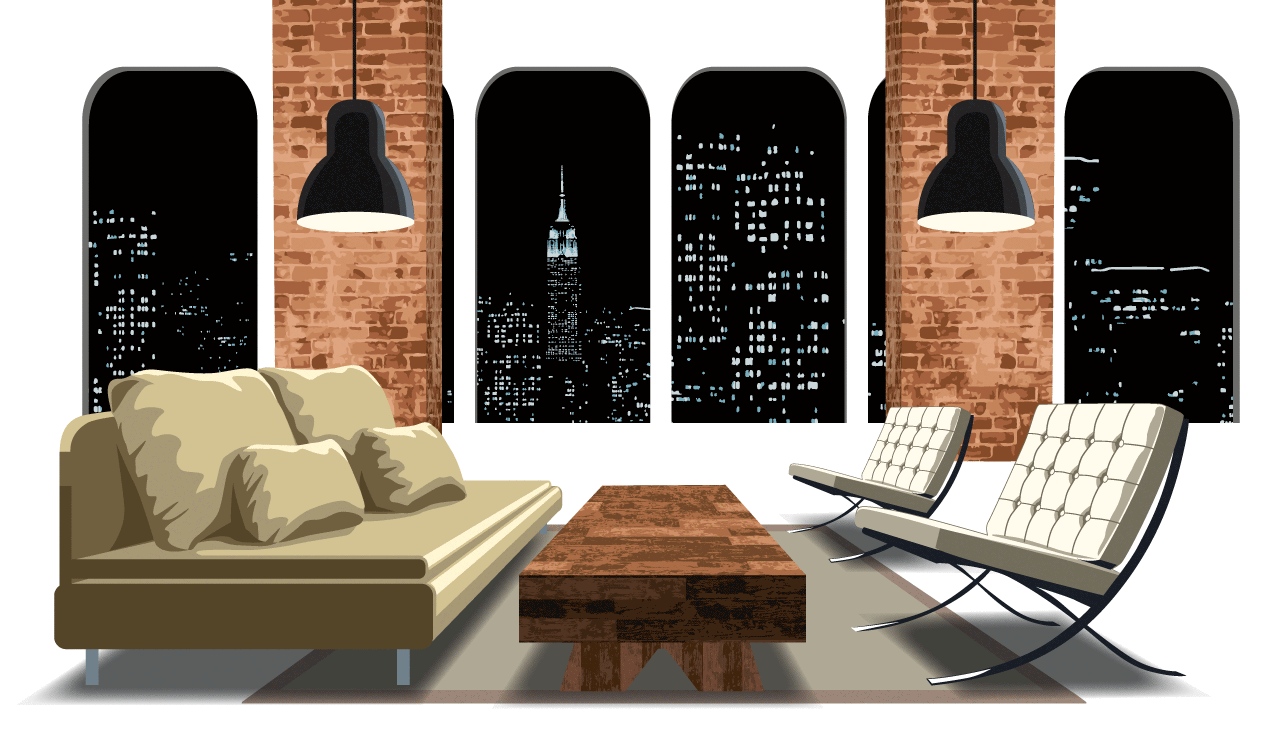Monoculture - #360

The top link in my first weekly email was a classic from the Verge, "Welcome to the Airspace." Kyle Chayka, writing in those heady years of zero interest rates and venture capital, showed us how Silicon Valley helped foster a global atheistic. The gif at the top of the piece said it all: the foreground was modern living room furniture, the mid showed a modified industrial space, maybe it was a condo or an office, or AirBNB, or coffee shop, and through the windows flash the skyline of New York, Paris, and Dubai. The living room could be anywhere: everything looks the same.
That was way back in 2016, on August 19th, when I published the first one of these weekly emails. The headline at the top of the email was "Politics + Marketing + Tech // How to be human through all of it." Today's emails are similar and different. Similar: still me hitting send, still a collection of links, still some "NY" commentary; different: more commentary, fewer links. The theme of humanness has only grown in the intervening years.
When I read the essay linked below, I thought of the piece from that first issue. Is an aesthetic sameness the function of Silicon Valley? Sure, AirBNB, Instagram, and the rest give us a shared view of everything. But maybe that's just an apogee of plain old global capitalism: in the '60s or '80s the look of things was converging, it just took longer to send the picture from a European city to a Boston designer to a Shanghai factory. In this view, the Internet is less a revolutionary trendsetter, like our friends at The Verge like to think, and more of an accelerant of forces already there.
Maybe global capitalism moves towards efficiency and thus cultural convergence. If it does, as the essay below posits, is that good? Does the resulting monoculture lack interesting diversity? Today's author, Brink Lindsey thinks so:
We’ve already seen the mass customization of capitalist goods and services, and that constituted real progress. Now we need mass customization of ways of life, and enabling households, neighborhoods, and communities to provide more for themselves can create the social space within which such customization can occur.
And he argues for the start of something a little more divergent, independent, and pluralistic:
To bring capitalism back into balance, to bring richness and variety and depth back to social life, we need more than subcultures of consumption. We need subcultures of independent production as well.
The question is, in a world with an ideal aesthetic of "airspace", do we want interesting independence?
Reading
The advance of the monocultureThe majority of people now live in cities constructed from the same building materials and shaped by the same architectural styles. Everywhere you can find people wearing the same kinds of clothing, eating the same food, driving the same cars, watching the same movies, and obsessing about the same media celebrities. |
|
